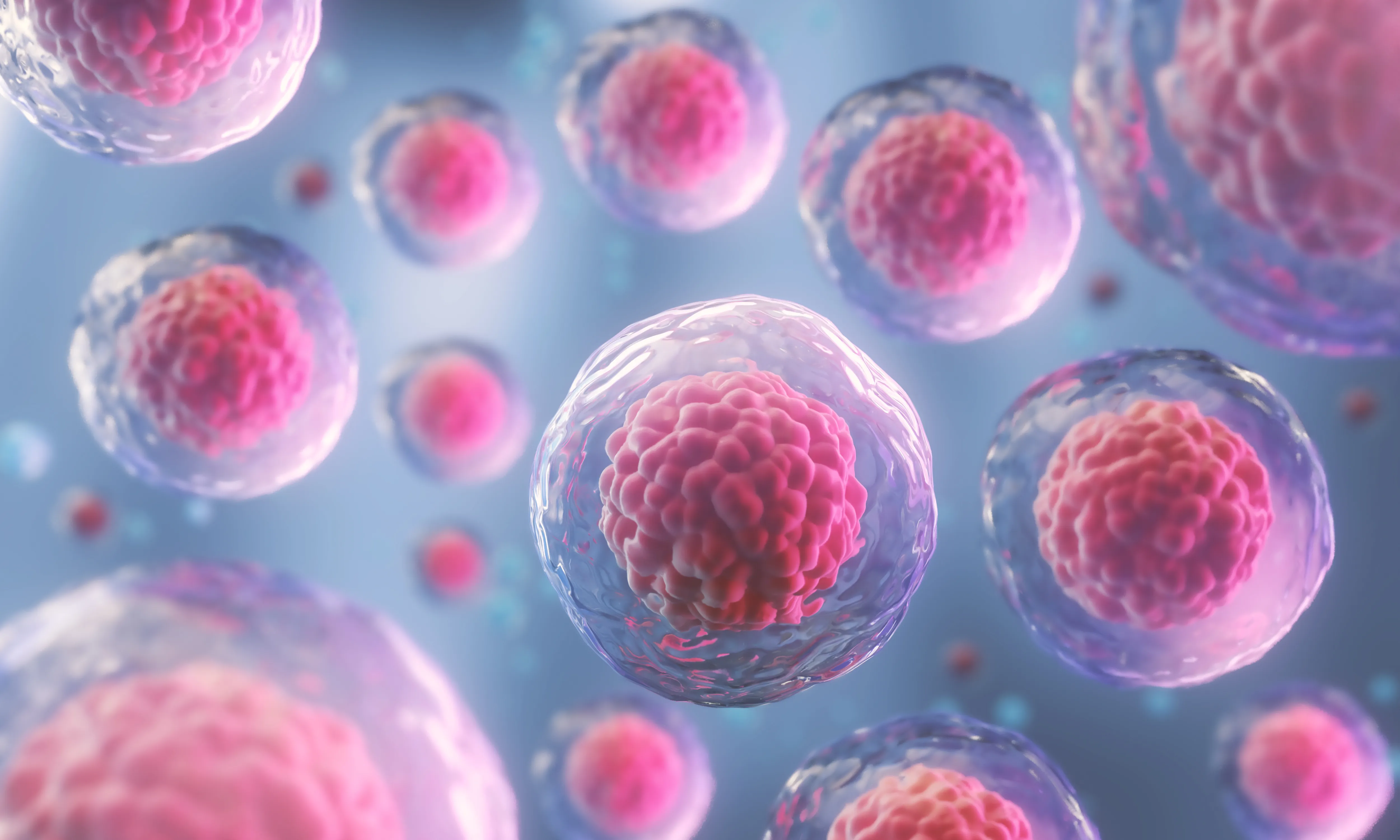Human induced pluripotent stem cells, a valuable tool for better understanding and treating neuromuscular diseases

A review published by two researchers at I-Stem, one of the AFM-Téléthon laboratories, takes stock of human pluripotent stem cells (hiPS) and confirms their main advantages in neuromuscular diseases: improving understanding and identifying new treatments.
First described in 2006 by Japanese researcher Shinya Yamanaka, for which he was awarded the Nobel Prize in Medicine in 2012, induced pluripotent stem cells (iPS) are increasingly being used in the laboratory.
Did you say induced pluripotent stem cells (iPS)?
Stem cells are undifferentiated cells capable of self-renewal and differentiation to give rise to any of specialised cells (blood cells, muscle cells, neurons, etc.) of our body.
Unlike embryonic stem cells, which come from a supernumerary embryo that is not used after in vitro fertilisation, iPS cells are derived from cells taken from an adult that have been "rejuvenated" to restore their ability to transform into any cell type. The advantage? As well as avoiding the ethical problems associated with embryo manipulation, these cells can also be used to model diseases such as neuromuscular diseases, provided that the adult cells used initially are diseased.
Reproducing complex systems such as the neuromuscular junction
This tool could prove useful for modelling the neuromuscular junction, the contact zone between the motor neuron and its muscular target, which plays a major role in many neuromuscular diseases. It will enable us to study each component individually, but also the interactions between motor neurons and muscles, synaptic vesicles, etc.
Very recently, it has been shown that iPS cells can also be used to develop small organs called "organoids". These small, three-dimensional structures resemble the whole organ, making it possible to understand how it develops and functions, or to test potential treatments.
In figures
28 days to allow iPS cells to differentiate into motor neurons.
3 months to obtain a 3D neuromuscular junction.
From laboratory to clinical trial
Researchers at the I-Stem Institute used high-throughput screening to identify metformin, an anti-diabetic already on the market, as an effective treatment in stem cells from people with Steinert's disease. This was followed by a phase II trial involving 40 participants, which showed that after a one-year treatment, patients treated with metformin (versus placebo) improved their motor skills and regained a more stable gait. A new phase III trial for Steinert's disease is currently being prepared in France.
Two other drug candidates, bosutinib and retigabine, have also demonstrated their efficacy on iPS cells from patients with Charcot's disease (ALS) before being evaluated in clinical trials.
I-Stem, the stem cell institute for the treatment and study of monogenic diseases
I-Stem institute was created in 2005 under the impetus of the AFM-Téléthon and Inserm. The laboratory specialises in the use of stem cells in two main areas: cell therapy and high-throughput pharmacological screening using disease model cells.
Source
Unlocking the Complexity of Neuromuscular Diseases: Insights from Human Pluripotent Stem Cell-Derived Neuromuscular Junctions
Gazzola M, Martinat C
Int. J. Mol. Sci. 2023 (Oct)
